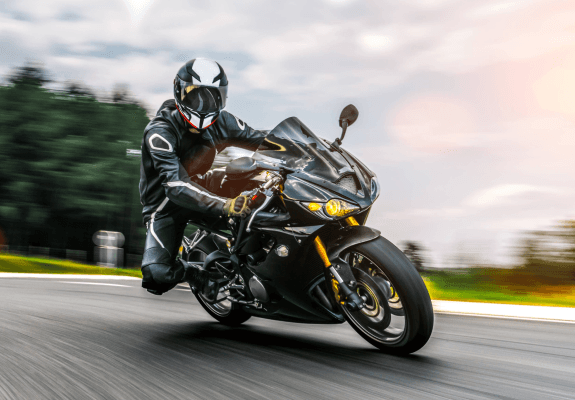Motorcycle license training can feel challenging at first. Balancing, controlling gears, and maneuvering through exercises may seem overwhelming. However, a few practical tricks help in building confidence and improving control quickly.
Applying simple methods during motorcycle license Dubai training sessions changes learning into a more manageable process and prepares you to perform with accuracy during the test.
Start with the basics slowly
Begin with short practice sessions focused on balance and throttle control. Concentrate on one skill at a time instead of trying to master everything at once. Slow repetition allows muscle memory to develop naturally, making later exercises feel less daunting.
Practice clutch control separately
Clutch control is often one of the most challenging parts of motorcycle training. Practise it in isolation by riding slowly in a straight line and gradually adjusting the throttle while holding the clutch. This focused approach builds confidence and reduces stalling during manoeuvres.
Use markers for precision
Set up cones or markers to guide turns, parking, and braking exercises. Visual reference points give clarity on distances and angles, helping you control the motorcycle more accurately. These markers create a sense of structure during practice and build familiarity with test patterns.
Simulate test conditions
Try practising under conditions similar to the test, including course layout and time limits. This prepares both body and mind for real exam scenarios. Familiarity reduces hesitation, allowing you to focus on executing tasks correctly rather than worrying about unexpected elements.
Maintain a steady gaze
Look ahead instead of directly at obstacles or your wheels. Keeping your eyes on the path you want to follow improves balance and direction. This simple trick reduces sudden corrections and builds confidence during manoeuvres like slaloms and turns.
Take breaks strategically
Short breaks during practice help avoid fatigue, which can affect control and concentration. Use pauses to review performance, plan the next set of exercises, and clear your mind. This approach keeps practice sessions productive and less overwhelming.
Practice emergency stops carefully
Controlled emergency stops train reflexes for quick braking without losing balance. Start at low speeds and increase gradually. Practising this repeatedly creates a natural response to sudden situations during the test and in everyday riding.
